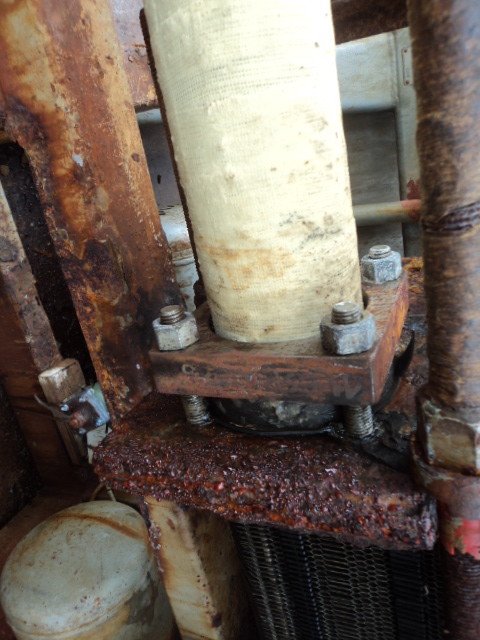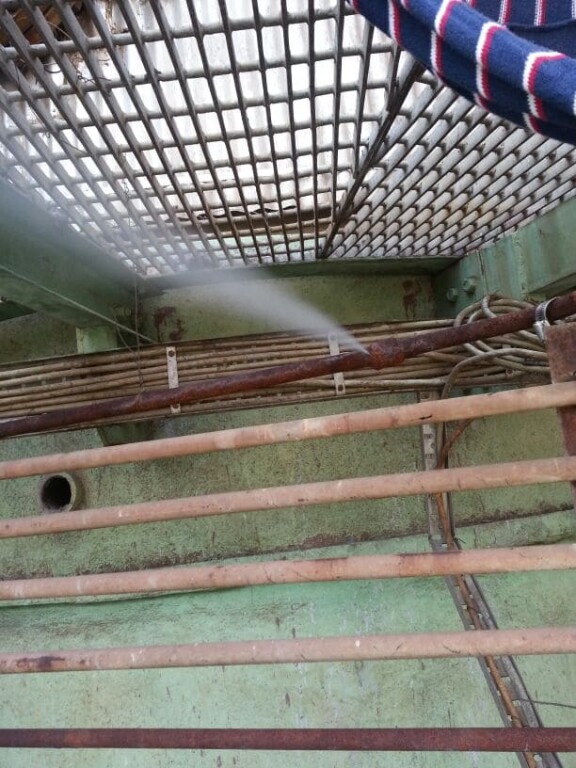Introduction
Anti-corrosion coatings do not last forever. They age, weaken and deteriorate and eventually their useful life ends. The most common cause for premature anti-corrosion coating failure is insufficient care during the mixing, application and curing processes. Poor application technique can typically cause problems such as improper thickness, pinholes, sags, mud-cracking, and holidays. Inadequate surface preparation results in poor adhesion to the substrate. This includes blistering, peeling and inter-coat delamination. In addition, structures are typically not designed and fabricated with the anti-corrosion coating process in mind. For example items such as skip welds, sharp edges and crevices may lead to early coating failures.
Coating defects during application
(1) Sags
Sags generally occur on vertical surfaces when paint is applied too thickly in localized areas in excess of the DFT. They can also be caused when too much thinner has been added to the paint, if the spray nozzle is held too close to the surface, or if it is held in one position for too long a time.
(2) Runs
Runs are also caused by over-thinned paint or the application of a thick layer of low viscosity paint.
(3) Cissing
This is also known as fisheye. They are small holes in the anti-corrosion coating that are caused by entrapped air bubbles leaving the paint or improper wetting of the substrate by the paint. This is caused by surface contamination such as moisture, oil or grease.
(4) Orange peel
Typically the surface is pock-marked and looks like an orange peel. This is caused by the use of incorrect solvents, too much paint thinner or improper spray technique.
(5) Cracking or mud cracking
This failure usually occurs on horizontal surfaces when paint has been applied too thickly. Internal stress build up in the anti-corrosion coating as it dries and cures thereby causing cracking. These are small areas, typically less than 1mm, where the anti-corrosion coating has not adhered to the surface. Holidays are usually caused by residual contamination such as oil. Corrosion sites usually initiate at these areas.
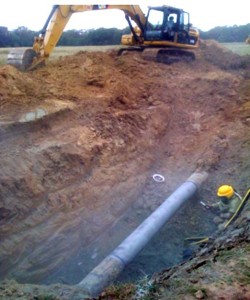
(6) Over thickness
Over thickness is when the applied layer of anti-corrosion coating is greater than the maximum thickness specified by the coating manufacturer for that product. If the anti-corrosion coating is very thick, it can peel away from the substrate.
(7) Under thickness
Under thickness is when the applied layer of paint is less than the minimum specified by the coating manufacturer and/or the 90-10 rule for that anti-corrosion coating.
(8) Overspray
Overspray or dry spray occurs when the sprayed coating lands on an unprepared surface. This may be due to the influence of factors such as wind for external painting on outer hulls. When spraying indoors, overspray may be the result of poor spray patterns, ricochet effects or operator error. Overspray particles are typically small and poorly adherent to the surface. If the overspray layer is sufficiently thick and not removed, the next layer of anti-corrosion coating could adhere poorly and fail prematurely in service.
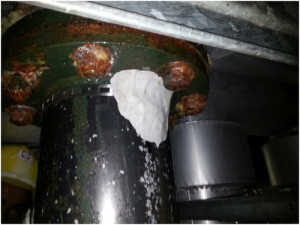
(9) Grit inclusions
Grit can be trapped under the paint, through the paint or on top of the paint. If the steel surface is not properly cleaned after abrasive blasting or if blasting dust and grit is deposited onto a layer of paint prior to application of the next coat, the grit will be trapped. Steel grits will corrode when water penetrates through the paint and the anti-corrosion coating will be locally forced away from the steel when the grit is under the coating. If grit is trapped between anti-corrosion coating layers, then the outer layer of paint will be damaged. Grit trapped in the outer layer of paint will also corrode and this will cause stresses in the anti-corrosion coating that will weaken its integrity and shorten its service life.
(10) Human Error
Human error covers instances where the wrong type of paint is applied, the paint is poorly mixed or paint is applied that has exceeded its pot life. The application of paint under unsuitable environmental conditions or during other processes can also be categorized as human error.
(a) Poor penetration
Anti-corrosion coatings should completely cover the item to be coated. Poor application practices can cause incomplete coverage. On edges and welds, it is difficult to obtain a good and even coverage of paint and it is also difficult to ascertain that the correct thickness of paint has been applied.
(b) Footprints
When the specified “walk on time” has not been allowed or if the curing conditions are not suitable, operators walking on the anti-corrosion coatings to check DFT’s can leave footprints in the soft paint. The paint at the footprint areas will be below the specified thickness.
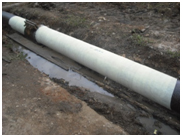
(c) Poor mixing
Poor mixing of paint, either by insufficient stirring or mixing the wrong ratios of a two-component system, can result in uneven or incomplete curing of the anti-corrosion coating. This will seriously affect the service lifetime of the anti-corrosion coating.
(d) Pot life exceeded
The pot life of an anti-corrosion coating will be specified by the paint manufacturer and will depend on the type of paint and the ambient conditions. Paint that has exceeded its pot life may appear to be applicable, but should be discarded as it will not produce a satisfactory anti-corrosion coating in service.
(e) Induction period not allowed
Some anti-corrosion coatings require an induction (waiting) period after mixing before application can occur. This will be specified on the paint manufacturer’s data sheet and should be followed or the anti-corrosion coating may not adhere to the substrate, cure satisfactorily or perform acceptably in service.
(f) Shelf life exceeded
All anti-corrosion coatings should be labelled with a “use by” date. Out-of-date coating should not be applied as the film forming and curing properties will be affected.

(g) Storage temperature too high or too low
Coating manufacturers’ data sheets specify storage conditions for the paints and these should be followed. Storage outside the specified temperature range can seriously affect the application, curing and performance of the paint.

